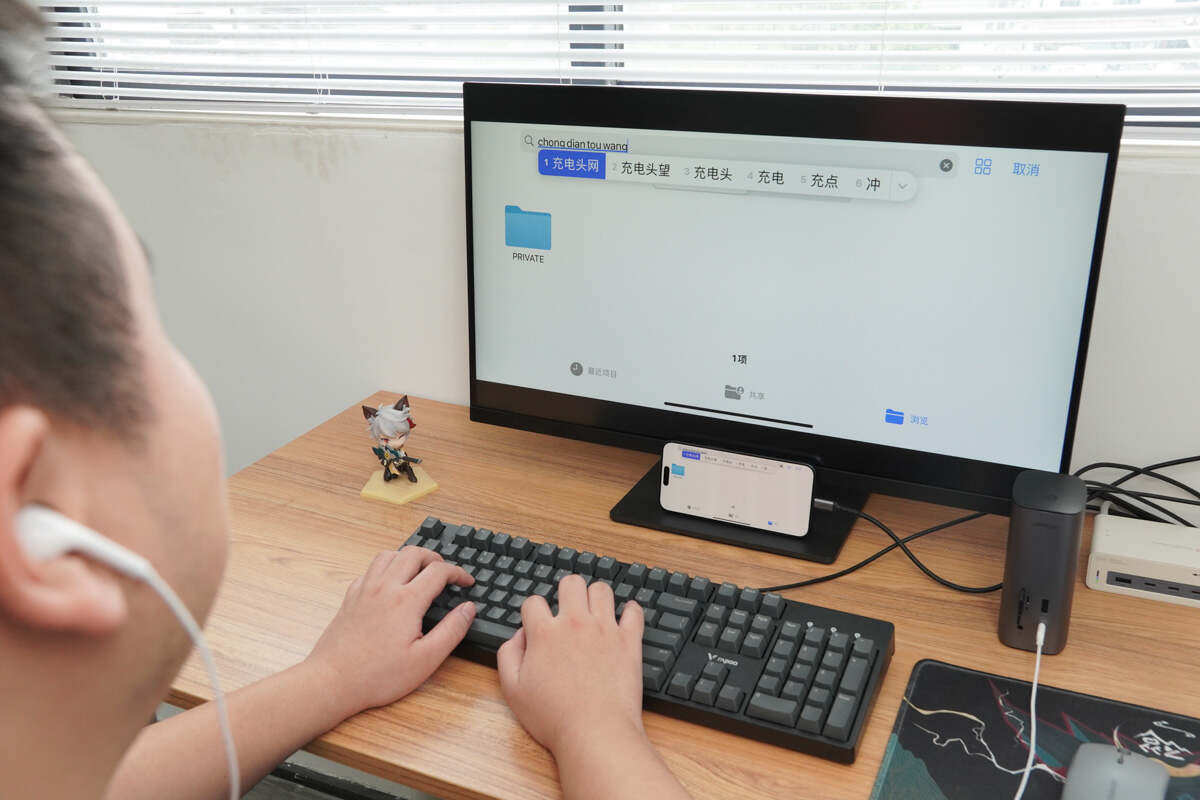The Evolution and Current Landscape of Mobile Phone Charger Technology

The mobile phone charger industry has undergone transformative advancements in recent years, driven by escalating consumer demands for faster charging, portability, and multifunctionality. As smartphones evolve into indispensable tools for work, entertainment, and communication, charger technology has kept pace, delivering innovations that redefine convenience and efficiency.
1. Fast Charging: Speed Redefined
Modern chargers prioritize high-power fast charging, with leading brands pushing boundaries. In 2024, flagship devices like the Redmi Note 12 Explorer Edition showcased 300W wired charging, capable of fully charging a 4,500mAh battery in under 15 minutes. This leap is enabled by advanced gallium nitride (GaN) semiconductors, which reduce heat generation and allow compact designs. Mainstream fast-charging protocols like USB Power Delivery (USB PD 3.1) and proprietary standards (e.g., Qualcomm Quick Charge 5, Huawei SuperCharge) now dominate, offering dynamic voltage and current adjustments for optimized safety and efficiency.
| Charging Power | Key Technologies | Application Scope |
|---|---|---|
| 15–50W | GaN, Multi-protocol ICs | Budget to mid-range smartphones |
| 50–100W | Dual-cell batteries, PPS | Premium Android devices |
| 100W+ | Graphene cooling, 20V/16A PD | Gaming phones, ultra-flagships |
2. Wireless Charging: Cutting the Cord
Wireless charging has transitioned from a niche feature to mainstream adoption. In 2024, 7% of smartphones supported magnetic wireless charging, including Apple’s MagSafe and Qi2-certified Android models, with power levels reaching 50W. The Qi2 standard, introduced in 2023, harmonized magnetic alignment and faster charging (up to 15W), bridging compatibility gaps between brands. However, challenges like energy loss and heat dissipation persist, limiting widespread adoption in budget segments.
3. USB-C: The Universal Standard
The USB-C interface has achieved 100% penetration in new smartphones, driven by EU regulations and its reversible design. This standardization simplifies cross-device compatibility and supports high-speed data transfer (USB4) alongside charging, making it a cornerstone of modern charger ecosystems.
4. Sustainability and Intelligence
Environmental concerns are reshaping charger design. Manufacturers now prioritize energy-efficient components (e.g., Tier-1 GaN chips) and recyclable materials. Smart chargers with AI-powered power management are emerging, automatically adjusting output based on device type and battery health.
Multi-way Company: Your Trusted Partner in Charger Innovation
Amidst this technological renaissance, Doomay stands out as a global leader in customized charger solutions. Specializing in ODM and OEM services, we empower brands worldwide with:
- Tailored Designs: From ultra-compact 30W GaN chargers to multi-port 100W+ hubs, our R&D team leverages cutting-edge technologies to meet diverse market needs.
- Certified Excellence: All products comply with international standards (CE, FCC, RoHS) and support protocols like USB PD, QC, and Qi2.
- Scalable Production: With state-of-the-art facilities and rigorous QC processes, we deliver bulk orders with rapid turnaround, ensuring cost-efficiency without compromising quality.
Whether you seek to integrate the latest 300W fast charging or eco-friendly materials, Doomay innovation with reliability, transforming concepts into market-ready products. Join hands with us to electrify your brand’s future.
Multi-way Company – Powering Progress, One Connection at a Time.
Zhihu, 2025
Zhihuiya, 2025
ChargerHead, 2025
QQ News, 2025


